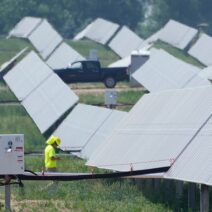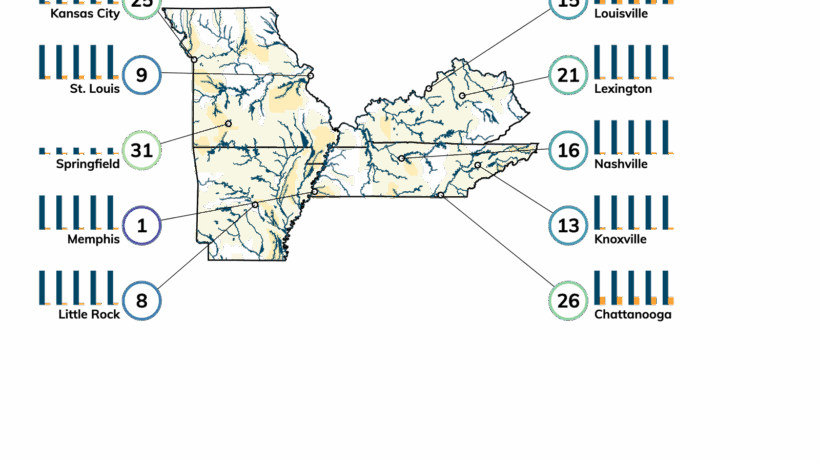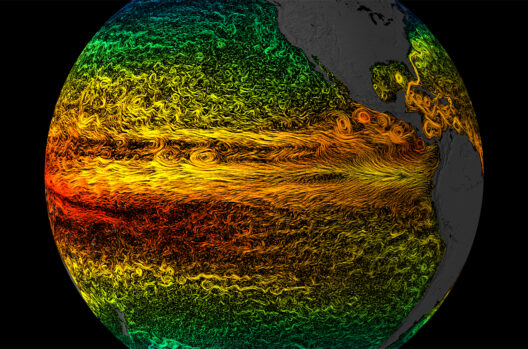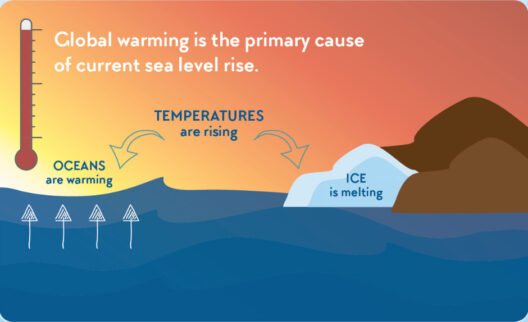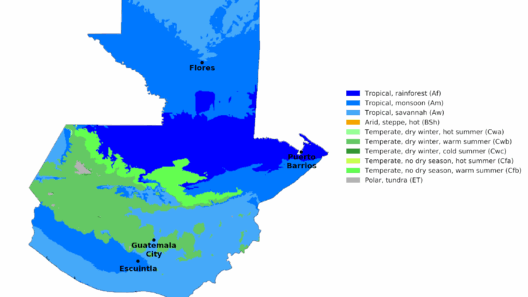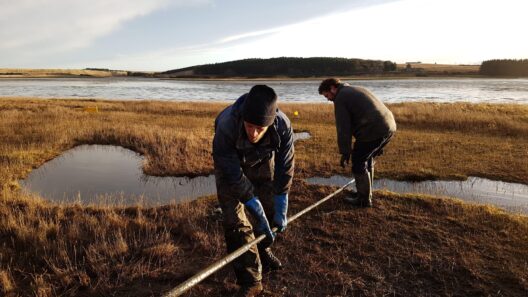The Bluegrass State, known for its rich cultural heritage and abundant natural beauty, presents a climate that is as diverse as its landscape. The climate in Kentucky can be likened to a character in a novel—dynamic, with unexpected twists and turns, reminiscent of the graceful flows of bourbon breezes and the rolling thunder of summer storms. To fully appreciate this enchanting environment, we must embark on a journey through its seasonal cycles, geographical influences, and the challenges posed by climate change.
To understand Kentucky’s climate, one must first consider its geographical position. Nestled in the Ohio River Valley, the state is bordered by rivers, mountains, and plains, each contributing to unique microclimates. With a humid subtropical climate prevailing across much of the state, visitors experience hot summers and cool to mild winters, punctuated by various precipitation patterns. The interplay between lowlands and higher elevations creates areas of varying temperatures and humidity levels.
During the summer months, Kentucky experiences its warmest weather, with average high temperatures reaching the upper 80s to low 90s Fahrenheit. The air is often thick with humidity, while the famous bourbon breezes provide a gentle respite for locals and tourists alike, inviting evenings filled with outdoor festivities. However, alongside this warm embrace comes the frequent thunderstorm; they roll across the landscape with dramatic flair, delivering sudden downpours and gusty winds. The question arises: How does one make the most of summer in Kentucky while considering the unpredictable nature of its weather?
As we transition into fall, the state begins its metamorphosis. Autumn is nothing short of magical in Kentucky, as the trees don their vibrant hues of gold, crimson, and amber. The crisp air that fills the atmosphere contrasts starkly with the laziness of summer’s heat, making it an ideal time for hiking and exploring the picturesque state parks. Yet while we revel in picturesque landscapes and harvest festivities, we must also ponder: How might changing climate patterns impact this seasonal beauty so integral to Kentucky’s charm? As temperatures fluctuate, so too does the timing of leaf changes and the overall health of ecosystems.
When winter arrives, the state embraces a different facet of climatic personality. While southern regions remain relatively mild, northern Kentucky often witnesses a chillier embrace, with average temperatures dipping into the 20s and 30s Fahrenheit. Snowfall can occasionally blanket the area, but it is a rarity rather than a certainty. Each winter carries the weight of unpredictability—will this be a season of frigid winds or one of mild spells interspersed with warmth? The inquiry leads us to acknowledge how climate change may exacerbate these fluctuations, resulting in inconsistent wintry experiences.
As spring casts away the rigid confines of winter, rebirth sweeps across Kentucky. Blooming wildflowers, budding trees, and the intoxicating aroma of fresh earth fill the air as temperatures gradually rise. However, spring is not without its tempestuous nature. April showers are a hallmark of the season, but with the fickleness of climate change, these can manifest in the form of more severe weather patterns, including intense thunderstorms and flooding. It begs consideration: Are we prepared for the onslaught of potential weather extremes that might accompany the beauty of spring?
In contemplating Kentucky’s climate, it becomes apparent that the state’s seasonal diversity is as much a strength as it is a source of vulnerability. The region experiences its fair share of extreme weather—tornadoes being one of the most daunting threats. Understanding these phenomena and their escalation due to climate change challenges residents to reassess their readiness for such natural events. Are communities equipped to foster resilience in the face of these growing threats?
Moreover, the agricultural underpinnings of Kentucky remain closely tied to its climate. With many citizens reliant on farming and bourbon production, shifts in weather patterns could bear monumental consequences on crop yields and the bourbon industry. Varieties of grains and grapes that flourish in this climate may face obsolescence, posing a question for farmers: How can they adapt and thrive amidst this changing landscape? Sustainable practices, crop diversification, and innovative techniques might hold the key to ensuring the future of Kentucky’s agricultural wealth.
In a broader context, Kentucky’s climate presents a microcosm of the challenges faced not just by the state, but by our planet as a whole. As climate change increasingly influences weather patterns and ecological stability, a sense of urgency envelopes the conversation. How do local communities band together to mitigate impacts? How can individuals contribute to building a climate-conscious culture within the state? The answers lay in education, advocacy, and collective action. Engagement with local organizations, participation in sustainable practices, and support for policies aimed at climate resilience can help pave the way for a more secure future.
Ultimately, Kentucky’s climate is both a celebrated treasure and a subject of reflection. The intertwining of bourbon breezes and rolling thunder encapsulates the duality of joy and uncertainty. As we navigate the complexities of each season, a challenge emerges: facing the reality of climate change while cherishing the beauty that surrounds us. Through informed action and community commitment, we can aspire to protect this state, its climate, and the rich heritage it embodies for generations to come.


